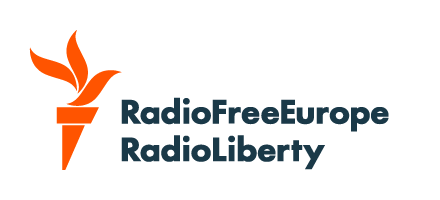As Russian forces battle for control of Kostyantynivka, in Ukraine’s Donetsk region, soldiers behind the front lines are forced to cope with the terrible impact.
Servicemen working at a morgue outside the city must identify the bodies of the fallen soldiers who are brought to the site every day.
Yevhen, an officer of the Ukrainian military’s 93rd Brigade, is one of the workers who helps ID the remains so that relatives can be notified and burial can be arranged.
"Sometimes, the injuries are so bad that the face is unrecognizable. Then it's marked as 'unidentified,'" Yevhen said.
“We look for tattoos, scars, or previous injuries” as identifying marks, he explained. And if none of those means of identification are possible, the workers arrange for DNA testing.
The servicemen carefully remove the victim’s possessions, photograph them, and store them for transport with the body. That might include documents, phones, wallets, and rings or other jewelry.
But some say one type of possession hits them the hardest emotionally: letters from soldiers’ children, carefully stored in their pockets.
Yevhen described the pain of learning that a fallen serviceperson left children behind. And some of the dead were very young themselves, he said.
“At first, you feel it all,” Yevhen said. “But then you realize, if you take every death to heart, you’ll lose your mind. Sadly, you just have to keep going and just do it.”
One of his co-workers, named Andriy, has been working in the morgue for three years. The emotional toll has not lessened in that time, he said.
“You can never get used to it,” Andriy said. “You just accept that this is war, and in war, people die.”
But he has seen changes in the nature of the war since the early days.
“Gunshot wounds were last common around mid-2022. Now, we might see one maybe every two or three months,” Andriy said.
Instead, the casualties of war are now mostly caused by drone strikes, mortars, and artillery.
The fighting has only intensified around Kostyantynivka and Pokrovsk, as Russia battles for control of the two strategic cities.
The rise of drone warfare has also complicated the work of evacuating bodies, as Kostyantynivka and other frontline sites remain under threat from aerial attack.
But for those who have been recovered, the morgue workers help ensure that they are returned home for a dignified burial.
“This is a job with a lot of responsibility. And it’s a necessary job,” Andriy said. “Because these are someone's relatives, parents, brothers, husbands.”











